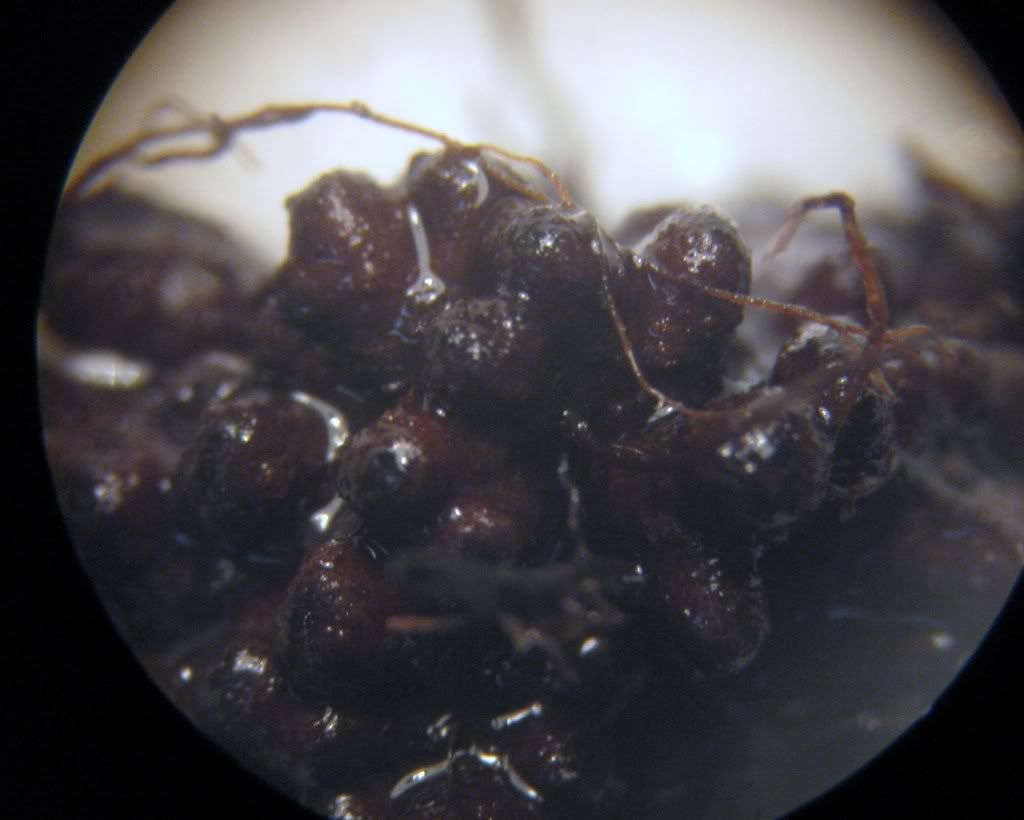Root Tips
B. Root tips
Raphanus sativus (radish) seedlings are killed, for science.
This is not a great picture of a root cap.
Prepared slide of Ranunculus root tip are observed.
Root cap | Large, thicker-walled cells with small nuclei. (Mucilage – slimy stuff) |
Apical meristem | Small, dense, darkly stained cells. |
Protoderm | Outermost later of cells farther from the apical meristem. |
Procambium | Central core. Denser, large-nuclei, elongate cells. |
Ground meristem | Larger, small, light nuclei cells. |
C. Herbaceous Roots
Ranunculus only has primary growth (close vascular system) with exarch primary xylem development.
NOTE: Pericycle has larger parenchyma cells, which the lateral roots develop in open vascular system).
D. Woody Roots
Salix prepared slide of a young and older woody root is observed.
Different stages of lateral root development in a young root.
Lateral roots are initiated from pericycle in a young root.
Secondary growth in a root.
E. Root modifications
1. Storage - abundant perenchyma
Carrot roots are modified to store food.
Lignified cells are scatter.
2. Suppot - prop roots
Corns grow prop roots.
Prop roots arise adventitiously from the stem.
3. Photosynthesis - chlorophyllous layer
Epiphytic orchids developed chlorophyllous layer on the roots.
Slide by Yee Sing's team mate.
Velamen is formed by multiple layer of epidermis.
Parenchyma cells in the middle (may be lignified).
NOTE: Phloem are purple in colour.
4. Overcoming Nitrogen Deficiency
- Trifolium (cover)/ Rhizibium
Trifolium (cover)/ Rhizibium symbiosis.
Tumour-like nodules on the roots of cover.
- Alnus (alder) / Frankia
This symbiosis provides fixed nitrogen to the alder and the surrounding.
Root of the alder. - Photo by Midy
- Yee Sing























No comments:
Post a Comment